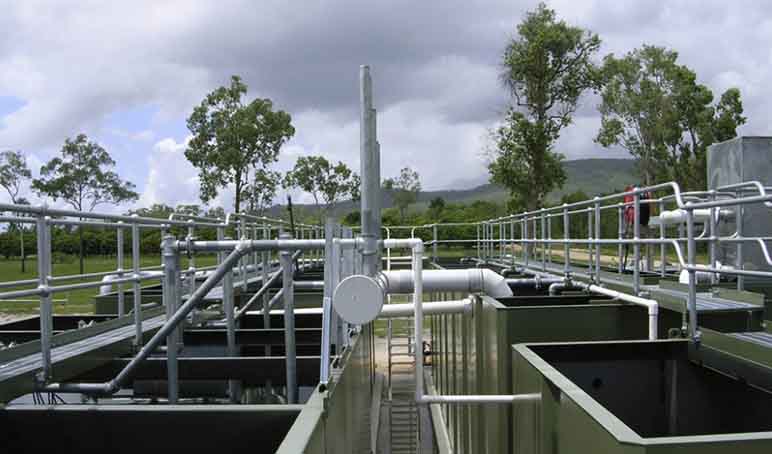The decolouring agent is mainly used for removing colour from coloured waste water. Biochemical oxygen demand (BOD) and Chemical oxygen demand (COD) are basically meant for measuring the amount of oxygen in the water when it enters into the recipient. Polyelectrolytes are primarily used in floating processes, primary decantation, thickening and organic sludge dewatering, either in industrial effluent treatments or in waste water plants.
Odor Control chemicals
The proposed chemical acts very fast to neutralize the ammonia, amines, sulfur dioxide, acetaldehyde, hydrogen, and others. Their key feature is that being environment-friendly, these chemicals can directly be added in the water. They are entirely harmless to humans and animals. The versatile chemicals are capable of reducing the odor that is generated in industrial, food, retail, landfill, commercial environment and leisure. Also, they can quickly eradicate the smell of tobacco and minimize the malodours at the time of sewage treatment, effluent works, waste treatment plant, offices, hospitals, and others. Present as a non-corrosive and non-toxic product, these chemicals produce no sludge.
Decolouring Agent
The decolouring agent is mainly used for removing colour for high-colored waste water. Thus, it is highly suitable for waste water having acidic, activated and dispersed dyestuffs. Waste water from the textile industry, dye houses, pigment industry, paper, and printing industry; make use of the de-colouring chemical. Before using it, make sure that it should be diluted with water and then applied directly into the waste water. After the mixing process, the chemical automatically gets precipitated or air-floated in order to clear the water.
BOD/COD Reducer
Biochemical oxygen demand (BOD) and Chemical oxygen demand (COD) are basically meant for measuring the amount of oxygen in the water when it enters into the recipient. Both of them generally comprises of oxygen-consuming substances which are actually organic in origin. Such substances should be reduced to a minimum when used in a wastewater treatment plant. By the chemical treatment, the COD can easily be improved. The more is the particle-bound COD, the higher the removal rate.
Polyelectrolyte
These charged polymers are bi-functional and can be used as flocculants and de-flocculants depending upon their molecular weights.The applications may include water purification, oil recovery, color removal (discoloration), COD /BOD reduction, paper & board production, mineral processing, metallurgy & metal smelting, super-plasticizers, hydrogels, implant coating, drug release system etc. Solid-liquid separation targets the flocculating nature of the polyelectrolyte whereas deflocculant serve as a dispersing agent. We bring you a range of polyelectrolyte in various molecular weights and charge densities depending upon customer's requirements. Polyelectrolytes are primarily used in floating processes, primary decantation, thickening and organic sludge dewatering, either in industrial effluent treatments or in waste water plants. Polyelectrolytes can be negatively charged i.e. Anionic or positively charged i.e. Cationic.

